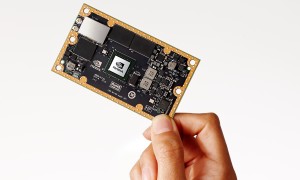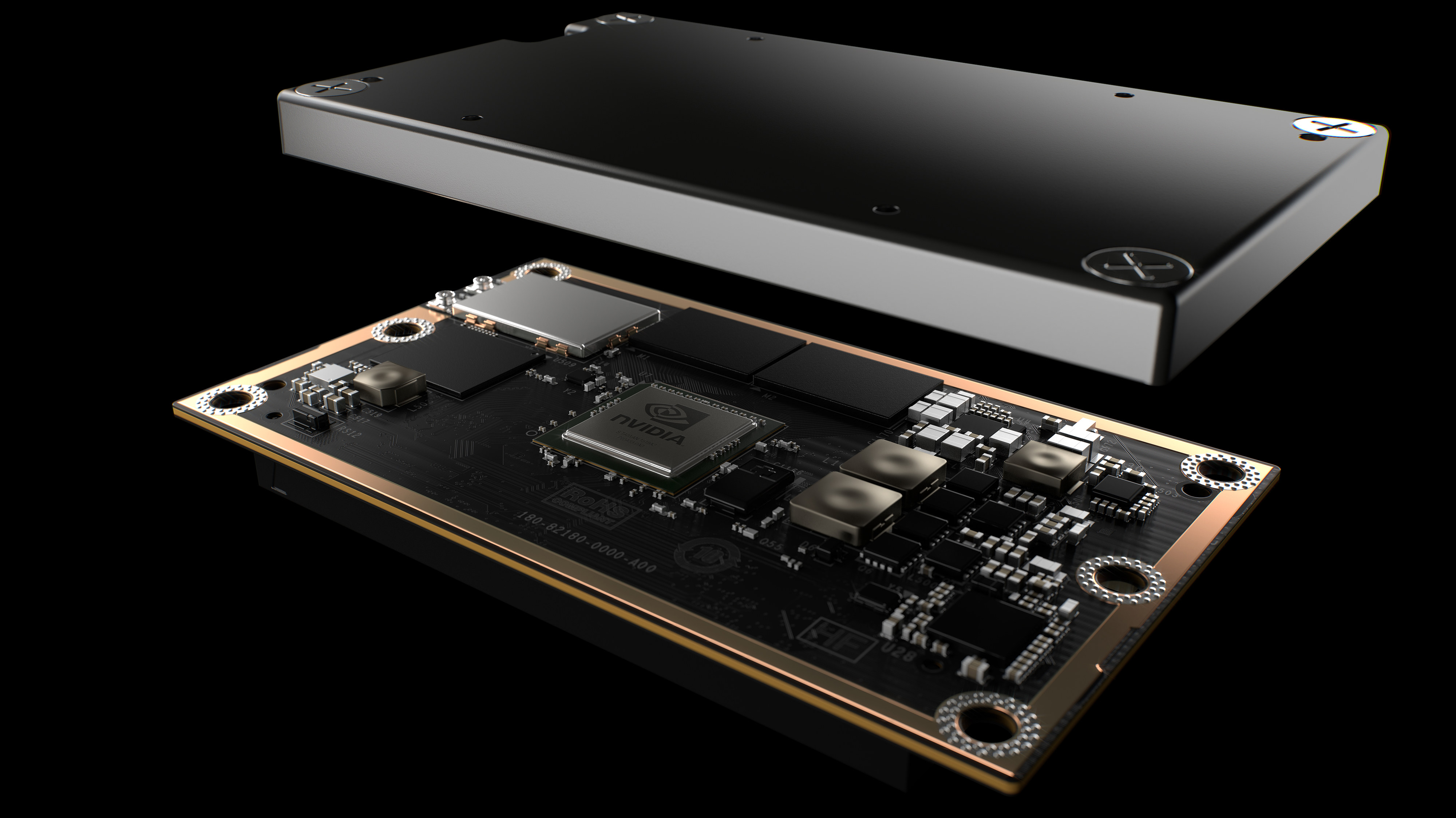
Nvidia Sets Deep Learning Loose with Embeddable GPU

Nvidia (NASDAQ: NVDA) this week unveiled the Jetson TX1, a credit card-sized device that packs a computational wallop for tasks such as machine learning, computer vision, and data analytics. The company envisions customers embedding the diminutive GPU+CPU combo into field devices, such as drones that navigate themselves.
The stats on the Jetson TX1 are fairly impressive. It includes a 1 teraflop, 256-core Maxwell-based GPU for processing machine learning tasks, along with a 64-bit ARM A57CPU for less compute-intensive tasks. The Linux-based device also includes 4GB of RAM, 16GB of storage, a camera capable of recording 1,400 megapixels per second, 4K video encoding and decoding, and WiFi, Bluetooth, and 1GbE connectivity.
Nvidia says the Jetson TX1 is the first embeddable computer designed to process deep neural networks and thereby “learn” about the world all by themselves. The practical applications are extensive:
- drones that can navigate a room or a forest by themselves, without requiring pre-programing;
- security surveillance systems that can actually identify suspicious activity by analyzing the behavior of people;
- and robots that can go beyond rote tasks to actually tailor their programs to their owner’s habits.
- and much, much more.
Deepu Talla, vice president and general manager of the Tegra business at Nvidia, says the Jetson TX1 will enable a new generation of autonomous devices. “They will navigate on their own, recognize objects and faces, and become increasingly intelligent through machine learning,” he says. “It will enable developers to create industry-changing products.”
The Jetson TX1 could have an impact as machine learning goes mainstream, according to industry analysts and AI experts. “Jetson TX1 is a significant advance in moving machine learning applications from research into the real world,” Ovum Principal Analyst Michael Azoff said in NVidia’s announcement.
“The ecosystem around Jetson will accelerate the transfer of AI from lab to real-world machines,” said Sertac Karaman, a professor of aeronautics and astronautics at MIT. The device “is so powerful and easy to use, we decided to base MIT’s robotics systems and science course around it.”
Jeff Bier, president of Berkeley Design Technology, Inc., said the Jetson TX1 stands out for three reasons. “First, developing applications on the Jetson TX1 feels more like developing on a PC than like developing on a typical embedded board,” he said. “Second, the JetPack TX1 installer makes it easy to install a system image on the board. Third, support for CUDA enables developers to use the GPU to accelerate their applications without having to delve into the complexities of GPU programming.”
Nvidia plans to start selling the Jetson TX1 in early 2016 for $299 each. Potential customers in the U.S. could pre-order the software development kit (SDK) starting yesterday. The SDK, which costs $599, includes support CUDA 7.0; the cuDNN machine learning library for CUDA; the VisionWorks library and framework for writing computer vision apps on CUDA; and support for the latest graphics drivers and APIs.
Related Items:
Inside Yahoo’s Super-Sized Deep Learning Cluster
How NVIDIA Is Unlocking the Potential of GPU-Powered Deep Learning
The GPU “Sweet Spot” for Big Data































